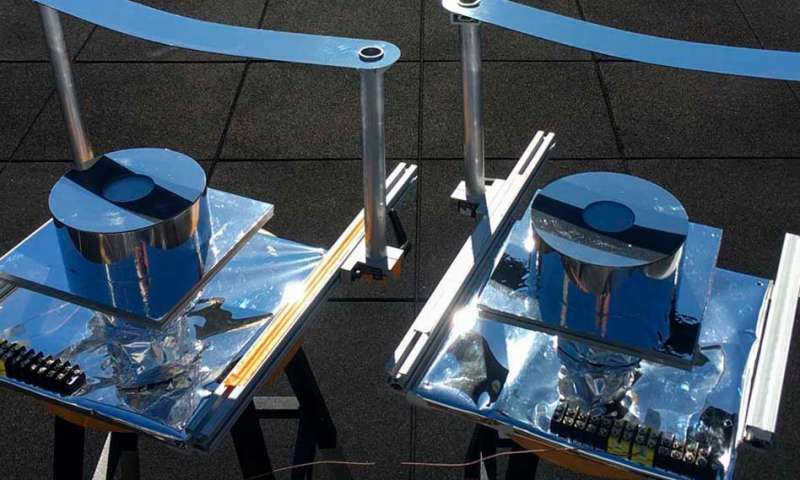BOSTON: MIT scientists, including one of Indian origin, have developed a cooling device that can preserve food and medications in hot, remote locations without electricity or fossil fuel-generated power.
The system allows emission of heat at mid-infrared range of light that can pass straight out through the atmosphere and radiate into the cold of outer space, punching right through the gases that act like a greenhouse, researchers said.
To prevent heating in the direct sunlight, a small strip of metal suspended above the device blocks the Sun’s direct rays.
The system, described in the journal Nature Communications, could in theory provide cooling of as much as 20 degrees Celsius below the ambient temperature in a location like Boston, researchers said.
So far, in their initial proof-of-concept testing, they have achieved a cooling of six degrees Celsius.
Other groups have attempted to design passive cooling systems that radiate heat in the form of mid-infrared wavelengths of light, but these systems have been based on complex engineered photonic devices that can be expensive to make and not readily available for widespread use.
The devices are complex because they are designed to reflect all wavelengths of sunlight almost perfectly, and only to emit radiation in the mid-infrared range, for the most part.
That combination of selective reflectivity and emissivity requires a multilayer material where the thicknesses of the layers are controlled to nanometre precision.
“We built the setup and did outdoors experiments on an MIT rooftop. It was done using very simple materials” and clearly showed the effectiveness of the system,” said Bikram Bhatia, a research scientist at Massachusetts Institute of Technology (MIT) in the US.
One limiting factor for the system is humidity in the atmosphere, which can block some of the infrared emission through the air.
In a place like Boston, close to the ocean and relatively humid, this constrains the total amount of cooling that can be achieved, limiting it to about 20 degrees Celsius, researchers said.
However, in drier deserts or arid environments around the world, the maximum achievable cooling could actually be much greater, potentially as much as 40 degrees Celsius, they said.
While most research on radiative cooling has focused on larger systems that might be applied to cooling entire rooms or buildings, this approach is more localised, said Evelyn Wang, a professor at MIT.
“This would be useful for refrigeration applications, such as food storage or vaccines,” she said. (AGENCIES)
Trending Now
E-Paper


